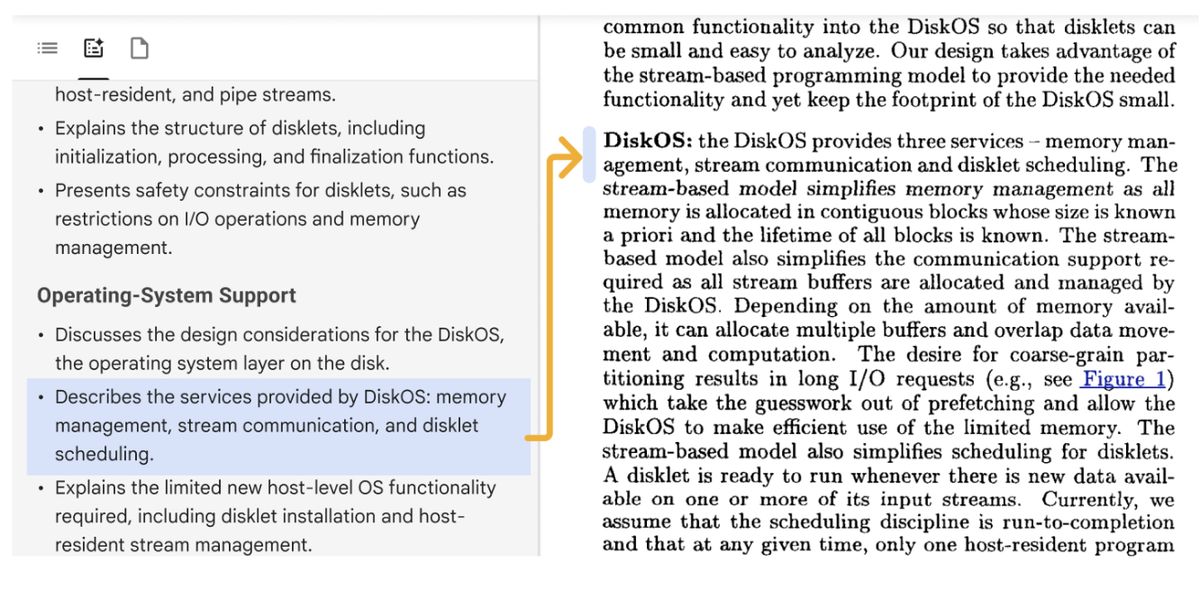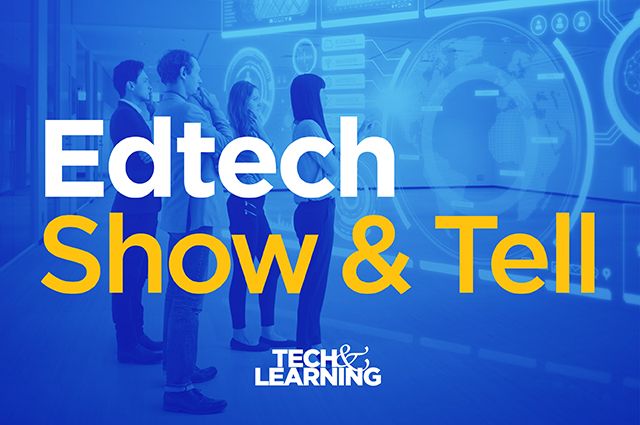Google Scholar has entered the AI transformation. Google Scholar PDF viewers now uses generative AI powered by Google’s Gemini AI device to develop interactive describes of research documents and offer direct links to sources within the paper. This is developed to make reading the relevant parts of the research paper more reliable, says Anurag Acharya, that co-founded Google Scholar on November 18, 2004, twenty years ago last month.
In honor of Google Scholar’s 20 th wedding anniversary, Acharya shares how educators and their students can make best use the brand-new AI functions available with the Chrome expansion Google Scholar PDF viewers
A former professor of computer science at the College of California at Santa Barbara, Acharya matured in India. As a trainee, he was irritated by the lack of accessibility to research materials available in India. When he involved the U.S., he says he tipped off the plane a far better scientist than he remained in India.
“I got access to sources, I really did not come to be smarter,” he states.
However also in the united state, access to much-needed academic material was often tough to find for scholars and scientists in numerous fields. Acharya and his Google Scholar co-founder Alex Versta, understood that this was slowing down study. They determined to take the lessons they had discovered by establishing Google search and use that to the globe of academic papers, research study, and research study. The objective was to make it extra effective for all researchers to build upon existing research, Acharya claims. It has also helped make scholastic work extra accessible to students, teachers, and general enthusiasts. But AI is now allowing the device to take things one action additionally.
Using AI For Deeper Study
“Scholar, for a long period of time, has actually been focused on helping you find points,” Acharya states. “There are great deals of various methods which we assist individuals discover things. Locating research study is a key element, yet reading and understanding and following up is one more very significant component of building on other individuals’s study.”
The AI-powered Google Scholar PDF visitor is created to assist individuals browse each individual paper itself, Acharya states. It does this a number of methods.
As an example, any person that has done research has actually discovered a citation they want to take a look at. Yet when you read the paper this normally can be found in the form of a bracketed reference, and you need to look it up in the citations area of the paper. Then you need to replicate and paste that other paper’s name.
“You put it in a few other search solution and hopefully you can locate some way to reach that paper,” Acharya claims. Google Scholar PDF transforms that preliminary reference right into a link and makes navigating to that second paper very easy.
Furthermore, Google Scholar PDF makes use of AI to create an annotated tabulation for each and every paper. Usually, a table of contents is just section headings, claims Acharya, however this creates fast descriptions of what’s in each section of the paper with bullet factors. You can then click on these bullet indicate browse directly to that part of the paper.
“So you can skim the parts that you wish to skim, and you can explain for the components you wish to go into detail or determine that ‘I recognize enough regarding this and I do not need it,'” Acharya says. He adds the device could assist make a long paper less intimidating for a student that is investigating this kind of subject for the first time.
The Future of Generative AI As A Help To Research study
Acharya claims generative AI’s ability to recognize language so well is among the attributes that makes these models so powerful.
“The essential ability to comprehend language will enable us to do a lot more things,” Acharya states. “First is finding and checking out. Second is to generally have the ability to understand an entire team.”
For Google Scholar, Acharya would love to see generative AI have the ability to quickly summarize research study that relates to whatever paper a person happens to be reviewing. This can identify the study that appears to oppose that paper as well as new research that has actually appeared since it was published. Right now doing this isn’t possible, however Acharya has actually built his profession on asking complicated and difficult inquiries and ultimately figuring out the answers to them.
Inevitably, Acharya is excited by the brand-new period of generative AI. “It’s a wonderful time to be able to be participating in these initiatives. There’s a lot possible,” he says. “I assume we have actually just damaged the surface, so I expect what is yet to come.”


